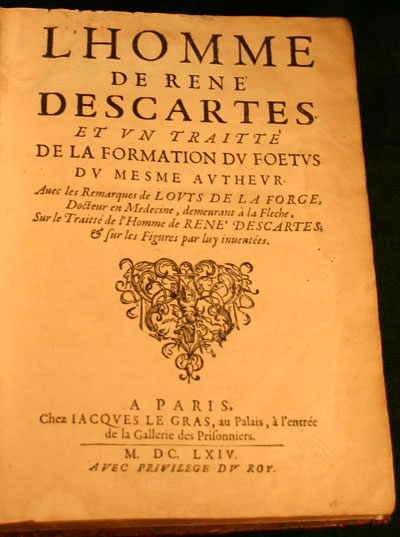 Special Collections and Rare Books bids a fond farewell to Agnieszka Matkowska. Matkowska has been in residence during the past academic year to consult the Lord collection. The late Albert Bates Lord (1912-1991) was a professor of Slavic and comparative literature at Harvard University best known for his contribution to the understanding of the world’s oral traditions, especially those of the former Yugoslavia. His family donated his library to Mizzou in the Spring of 2011. It comprises a collection of almost 2000 books, articles, and even artifacts, many of which are in the closed stacks of Special Collections and Rare Books. The A.B. Lord Fellowship in Oral Tradition makes these volumes available to international scholars by allowing them to remain in residence at Mizzou for a semester or longer. Matkowska, PhD candidate from Poznan, Poland, was the award’s first recipient.
Special Collections and Rare Books bids a fond farewell to Agnieszka Matkowska. Matkowska has been in residence during the past academic year to consult the Lord collection. The late Albert Bates Lord (1912-1991) was a professor of Slavic and comparative literature at Harvard University best known for his contribution to the understanding of the world’s oral traditions, especially those of the former Yugoslavia. His family donated his library to Mizzou in the Spring of 2011. It comprises a collection of almost 2000 books, articles, and even artifacts, many of which are in the closed stacks of Special Collections and Rare Books. The A.B. Lord Fellowship in Oral Tradition makes these volumes available to international scholars by allowing them to remain in residence at Mizzou for a semester or longer. Matkowska, PhD candidate from Poznan, Poland, was the award’s first recipient.
[Click on any of the images to enlarge.]
 Matkowska studies the oral legends of the Buryat people, a group of 450,000 individuals spread across Siberia, Mongolia, and Inner Mongolia. The Buryat people have a rich heritage of oral tradition, though the current generation of performers might be the last. According to Matkowska, “When in 2011 I was doing my fieldwork in the Irkutsk Oblast’, a region bordering Lake Baikal, it was sometimes hard, so I became doubtful few times. In those moments Galina Vitalievna Afanasyeva-Medvedeva, a befriended professor and an expert in the field of Baikal folklore always raised my spirits emphasizing that what I do is of extreme importance as the folklore of that area is in decline and these processes are irreparable.”
Matkowska studies the oral legends of the Buryat people, a group of 450,000 individuals spread across Siberia, Mongolia, and Inner Mongolia. The Buryat people have a rich heritage of oral tradition, though the current generation of performers might be the last. According to Matkowska, “When in 2011 I was doing my fieldwork in the Irkutsk Oblast’, a region bordering Lake Baikal, it was sometimes hard, so I became doubtful few times. In those moments Galina Vitalievna Afanasyeva-Medvedeva, a befriended professor and an expert in the field of Baikal folklore always raised my spirits emphasizing that what I do is of extreme importance as the folklore of that area is in decline and these processes are irreparable.”
 Matkowska, is writing a dissertation that investigates the factors contributing to variation that occurs across multiple tellings of Buryat oral legends. Before coming to Columbia, Missouri, she undertook fieldwork in southern Siberia along the shores of Lake Baikal. While there she recorded performances and interviewed performers. She was even invited to observe a shamanistic ceremony, a privilege seldom granted to an outsider. While in residence at University of Missouri, Matkowska has taken advantage of the many comparative and theoretical studies in the Lord collection, gaining insight into the different methodological approaches she could take: “There are many ways to bite the cake,” she says “I just have to figure out which way will make it taste the best.” Matkowska will defend her dissertation in February at Adam Mickiewicz University.
Matkowska, is writing a dissertation that investigates the factors contributing to variation that occurs across multiple tellings of Buryat oral legends. Before coming to Columbia, Missouri, she undertook fieldwork in southern Siberia along the shores of Lake Baikal. While there she recorded performances and interviewed performers. She was even invited to observe a shamanistic ceremony, a privilege seldom granted to an outsider. While in residence at University of Missouri, Matkowska has taken advantage of the many comparative and theoretical studies in the Lord collection, gaining insight into the different methodological approaches she could take: “There are many ways to bite the cake,” she says “I just have to figure out which way will make it taste the best.” Matkowska will defend her dissertation in February at Adam Mickiewicz University.


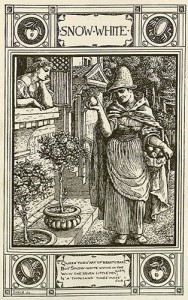 Snow White's been busy lately. This year alone she’s starring in two movies while also appearing in a television series.
Snow White's been busy lately. This year alone she’s starring in two movies while also appearing in a television series.
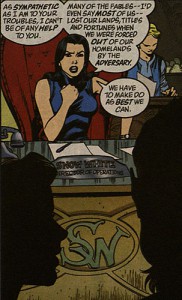 that original tale, while others take a bit of creative license.
that original tale, while others take a bit of creative license.
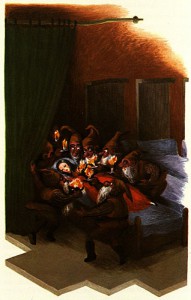
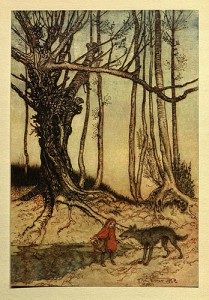
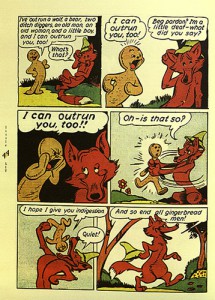
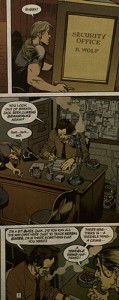
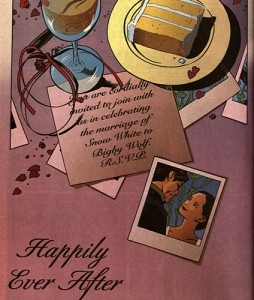
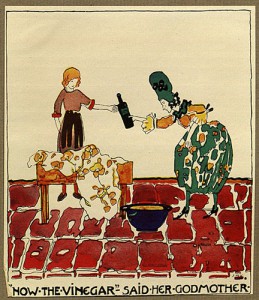
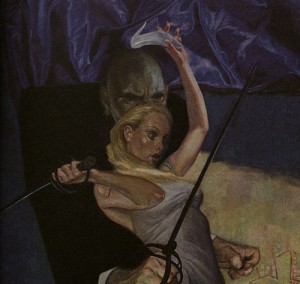
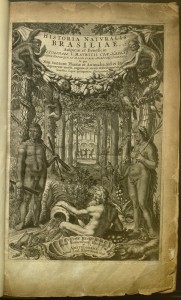 Earth Day gives us a chance to appreciate our planet. In 2012, amazing photos are available from every corner of the globe (and beyond). But what if you lived over 500 years ago? The Americas were full of flora and fauna unknown to Western eyes. Special Collections is home to many volumes that recorded these new discoveries.
Earth Day gives us a chance to appreciate our planet. In 2012, amazing photos are available from every corner of the globe (and beyond). But what if you lived over 500 years ago? The Americas were full of flora and fauna unknown to Western eyes. Special Collections is home to many volumes that recorded these new discoveries.
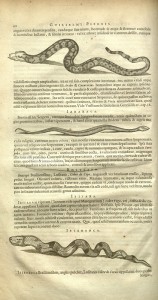
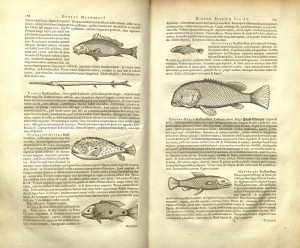
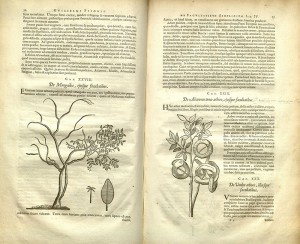
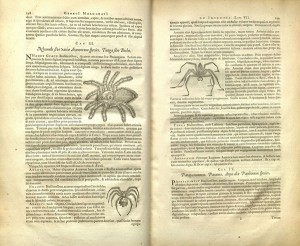
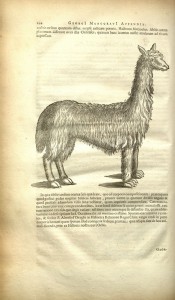
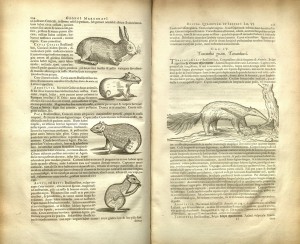





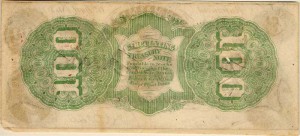
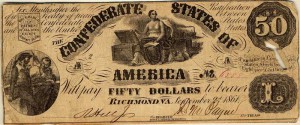

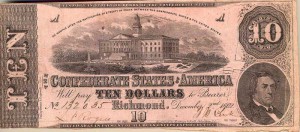
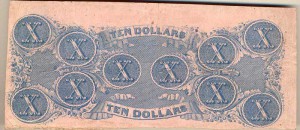
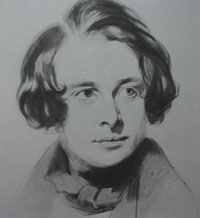 Charles John Huffam Dickens was born on this date in 1812. Dickens, one of the most famous and most belov
Charles John Huffam Dickens was born on this date in 1812. Dickens, one of the most famous and most belov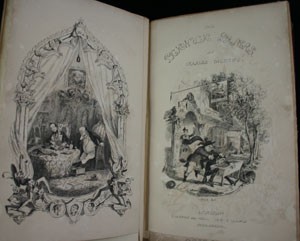 ed of all English novelists, created some of the most powerful characters in fiction. He is known all over the world, and, unlike most great authors, he was rock-star famous in his own time. He moved around a lot as a child and was forced to quit school at twelve years old to work in a factory. Those early memories, however, would later inspire settings both fantastic and real; characters both legendary and sympathetic.
ed of all English novelists, created some of the most powerful characters in fiction. He is known all over the world, and, unlike most great authors, he was rock-star famous in his own time. He moved around a lot as a child and was forced to quit school at twelve years old to work in a factory. Those early memories, however, would later inspire settings both fantastic and real; characters both legendary and sympathetic.
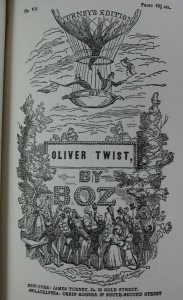 Sketches by Boz, The Pickwick Papers, Oliver Twist, Nicholas Nickleby, The Old Curiosity Shop, Barnaby Rudge, and American Notes.
Sketches by Boz, The Pickwick Papers, Oliver Twist, Nicholas Nickleby, The Old Curiosity Shop, Barnaby Rudge, and American Notes.
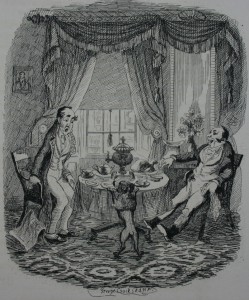 The first of these pairings was with George Cruikshank, a popular cartoonist at the time. The author and illustrator became great friends, though their relationship soured due to many factors including Cruikshank’s growing obsession with the Temperance movement.
The first of these pairings was with George Cruikshank, a popular cartoonist at the time. The author and illustrator became great friends, though their relationship soured due to many factors including Cruikshank’s growing obsession with the Temperance movement.
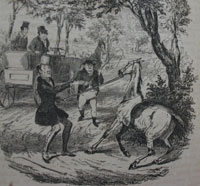
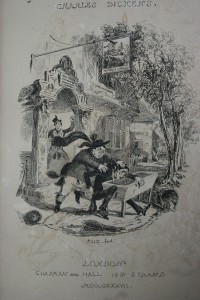 Knight Browne worked with Dickens for over 23 years. He adopted the nickname Phiz to complement Dickens’ Boz.
Knight Browne worked with Dickens for over 23 years. He adopted the nickname Phiz to complement Dickens’ Boz.
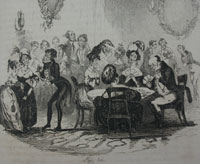 “No other illustrator ever created the true Dickens characters with the precise and correct quantum of exaggeration.”
“No other illustrator ever created the true Dickens characters with the precise and correct quantum of exaggeration.”
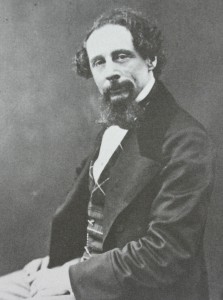 Celebrate his 200th birthday by dropping by Special Collections in Ellis Library to read the stories as Dickens so meticulously intended. We have many of his greatest works, some beautifully bound, dating from the beginning of the author’s literary career. Experience what created this pop sensation first-hand!
Celebrate his 200th birthday by dropping by Special Collections in Ellis Library to read the stories as Dickens so meticulously intended. We have many of his greatest works, some beautifully bound, dating from the beginning of the author’s literary career. Experience what created this pop sensation first-hand!
